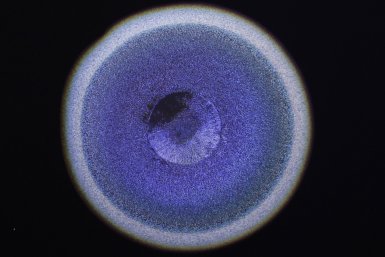Read more on the website of Utrecht University.
(Image: Colin Ingham, Hoekmine BV)
"This really shows the power of machine learning to predict biological functions from very complex genetic data."
UBC PI Aldert Zomer

Read more on the website of Utrecht University.
(Image: Colin Ingham, Hoekmine BV)